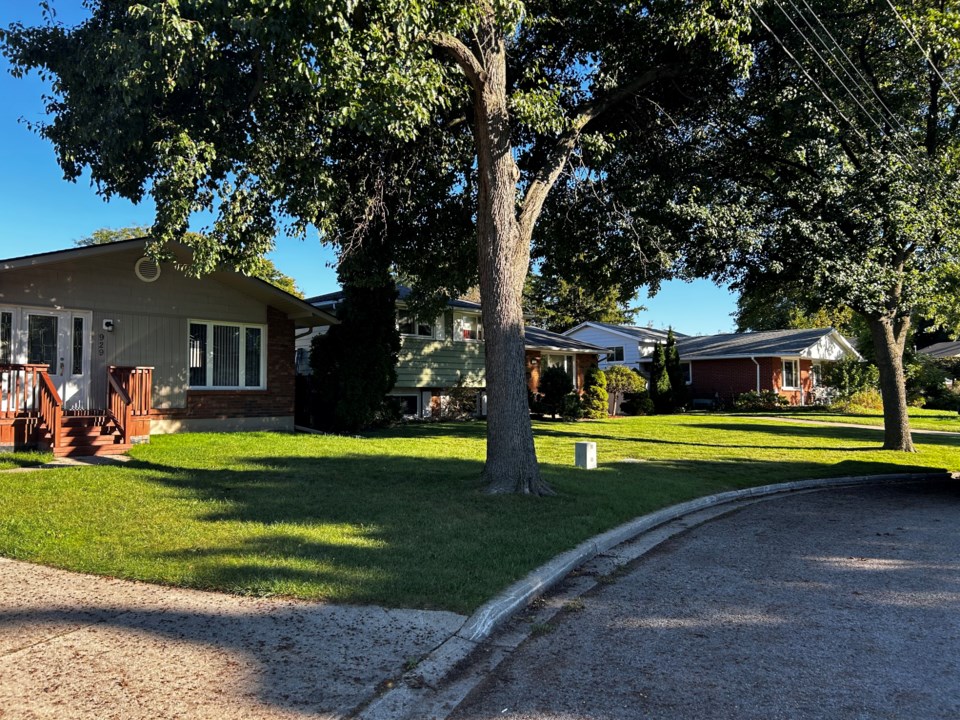While the idea of tiny transitional homes has been moved to county council, there is a concept for affordable housing that has finally seen the light of day.
The Additional Dwelling Units (ADU) program provides eligible homeowners with loan assistance of up to $25,000 or 75% of the total cost of the project, whichever is less, to create an additional dwelling unit at their home.
“We did that [feasibility study] in October of 2023 with a recommendation that we launch the Additional Dwelling Unit Program with funding under the Ontario Priorities Housing Initiative,” says the county's manager of housing services, Melisa Johnson.
“We launched it in the spring of this year. It is designed for homeowners to create additional dwelling units on their properties that are rented out to renters. There is no specification in terms of who that renter is; it could be a family member or the general public, as long as that unit is governed under the RTA (Residential Tenancies Act). So it does have to be a true rental unit.”
Some of the guidelines for applying are:
- The property owner must live in the main home on the property as their sole and primary residence.
- The combined total annual gross household income cannot exceed $171,000. This includes income from every member of the household.
- The market value (MPAC or licensed qualified appraisal) of the home does not exceed $527,000.
- The tenant must have an annual income below $99,000 at the time of renting.
Since its launch this past spring, there have been a few inquiries about the ADU program, but no one has applied for it yet.
What might be confusing for some is what exactly an ADU is. While it does mean an additional unit on your property, it can also mean creating a basement apartment or converting a space into another unit.
“So if you had outside access to it and it was a separate unit, that would be OK,” says Johnson.
“You can use the funding to create that outdoor access, to add a kitchen and a bathroom, and whatever you need in that space to make it a rental unit. It just has to be a legal rental unit governed by the Residential Tenancy Act.”
Once your application has been approved, homeowners would receive up to $25,000 or 75% of the total cost of the project, whichever is less. Sixty percent of funding would be released up front, with the other 40% released upon completion.
“It is a 15-year agreement that you have to sign to receive that funding. So after the 15 years, if you follow the program requirements, the grant amount is forgiven,” Johnson explains.
“If you're planning to keep the property and continue to rent it out, you don't pay anything back. If you plan to exit the program at any time—whether that’s by not renting it out, by increasing the rents above the allowable amount, or by selling the property and moving altogether—then you only have to pay back a portion of the grant. The grant is forgiven 1/15th every year that you follow the program guidelines.”
To help with the housing crisis Sarnia is currently facing, the program requires that the rent remain affordable for renters, at a rate of 80% of Annual Market Rents as determined by the Canada Mortgage and Housing Corporation for a minimum of 15 years.
“I just wish more people knew about it and would apply for it. Like I said, we've had no one utilize the program this far, so we would welcome applications,” says Johnson.
